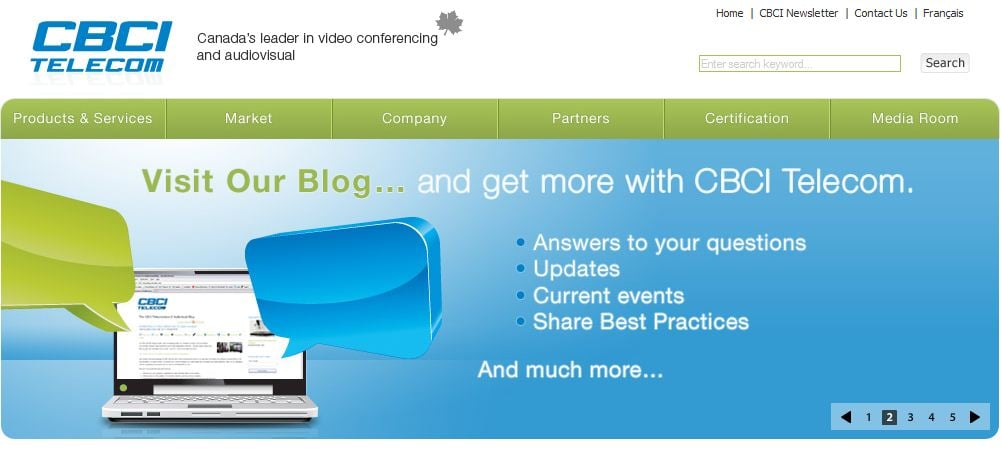Dry. Bland. Boring. These are the words that make bloggers quake in their boots. The death knell that makes readers stop reading and subscribers stop subscribing.

So how can you avoid writing blog posts that make people zone out and click away? How can you make sure that your writing is the I-want-to-keep-reading-this type, not the heck-no-I’m-not-slogging-through-this one?
It all boils down to being conversational. If you can write as though you’re talking to your best friend, then you’ll solve many problems at once. Your writing will be easier to read and more fun to read. And best of all, you’ll build a connection with your readers and increase their engagement.
So, we’ve cooked up 12 tips that will help you be that great conversational writer you always knew that you could be.
1. Use an outline
Outlines help you organize your thoughts before you put pen to paper, or fingers to keyboard. It gives you the chance to cut something if it doesn’t really fit in, and make sure that there’s a natural progression from one point to the next.
But when you go to write your post, don’t get rid of the sections from your outline. Add in subheaders to mark off the different sections of your post. This makes your article more digestible. Plus, readers can scan your article more easily if they’re not willing to read the whole ting.
2. Write a catchy introduction
Your introduction should be captivating, but also get to the point. Make people want to read the rest of the post – they’ll be deciding within the first few sentences whether or not it’s worth their time.
So grab their attention with something catchy, and then deliver the goods. What is the post about and what’s the value for the reader?
3. Write short sentences
Get to the point. If you can say it in fewer words, do.
4. Stick to short paragraphs
It’s hard to read long paragraphs online. It’s hard on the eyes, and there’s just too much information to process in one place. So keep your paragraphs to no more than 4 lines of text.
Remember, 2-3 lines in Word may be very different than 2-3 lines in your blog editor. Sometimes, a paragraph may be composed of just one sentence. Whoa.
5. Don’t be formal
Avoid being formal - no “thus” or “therefore” here. Use fragments if you want to. Even throw in a little slang here and there. Be free.
6. Use “you”
“You” helps your writing connect to your reader. They’ll feel like the blog post has been written just for them.
7. Use simple language
Don’t use too many adjectives. Flowery writing can be great for novels and poetry, but not great for blog posts. And stay away from the thesaurus. If you - or more importantly, your reader - wouldn’t use that word when talking, don’t use it in your blog post.
8. Use contractions
We were all taught in school to never, ever use contractions in our writing. Well, time to throw that one out the window. “Don’t do it” sounds much more conversational than “Do not do it”, doesn’t it?
9. Use exclamation points sparingly
Ah, the exclamation point. Great for text messages and the occasional friendly email, but they tend to make your writing go overboard on the enthusiasm level. You don’t need them! We promise!
10. Write for your audience
Use the language that they would use, and address the pain points or questions that you know they have. This will help build that connection and make them sure that they’re reading something relevant to them – sentences like, “So, you want to be a better writer” or “It’s hard to know how to write a great blog post” can go a long way.
11. But don’t use jargon
I don’t care what industry you’re writing about. Even if you’re writing for an audience of lawyers or automechanics, no one wants to read jargon. So if you need to use a technical term or the lingo of that field, do so sparingly – and make sure you either link to a definition or explain what it means.
12. Edit + proofread your writing
Read your blog post out loud to make sure that it actually sounds conversational. Or if you’re a more visual person, print it out and go through it with a red pen. Be a harsh grader - don’t be afraid to change or cut things.
Have other tips for writing conversationally? Share them in the comments below.





![How to Build a Blog That Captures Leads [Customer Story]](https://blog.hubspot.com/hubfs/HubSpot%20User%20Blog/Young%20girl%20sitting%20on%20stack%20of%20books%20and%20reading.jpeg)


![How to Spark Your Blog When You're the Only One Blogging [Customer Story]](https://blog.hubspot.com/hubfs/photo-1421986527537-888d998adb74-406566-edited.jpg)

